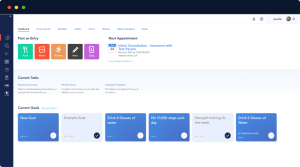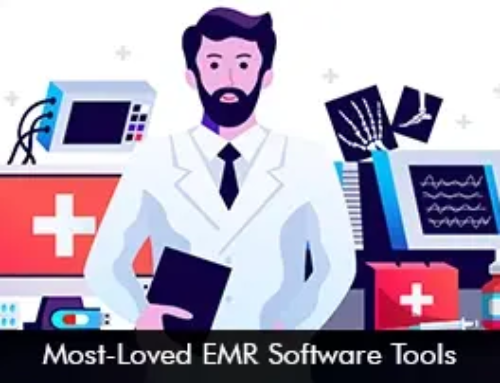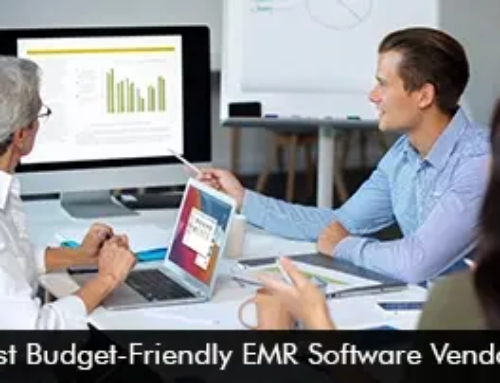EMR software is a game changer and nutritionists stand to gain immensely from its integration into their practices. These digital solutions offer many advantages that, streamline workflows and deliver care. Let’s take a closer look at how of Electronic Medical Records (EMR) software benefits nutritionists and ultimately enhances patient outcomes.
EMR Software Promotes Efficient Data Management
EMR software allows nutritionists to manage patient data in a centralized digital platform efficiently. Gone are the days of sifting through stacks of paper records. With EMR software, nutritionists can access comprehensive patient histories, including dietary preferences, medical conditions, and progress notes. All with just a few clicks. This streamlined data management facilitates better decision-making and enables nutritionists to provide personalized care tailored to each patient’s unique needs.
EMR Software Improves Communication
Effective communication is key to providing quality healthcare. EMR software facilitates seamless communication between nutritionists, patients, and other healthcare providers. Nutritionists can easily share dietary plans, educational resources, and progress reports with their patients through secure messaging portals within the EMR software. Furthermore, EMR software enables interoperability. This allows nutritionists to collaborate with other healthcare professionals involved in their patients’ care ensuring a cohesive approach to wellness.
Enhanced Accessibility
EMR software offers unparalleled accessibility, empowering nutritionists to deliver care anytime, anywhere. Whether in the clinic, at home, or on the go, nutritionists can securely access patient information. This flexibility improves productivity and enables nutritionists to stay connected with their patients outside of traditional office hours. It ultimately fosters a sense of continuity and support.
Streamlined Workflows
EMR software streamlines administrative tasks and workflows, allowing nutritionists to focus more on patient care. Automated features such as appointment scheduling, billing, and charting reduce the administrative burden. They free up valuable time for nutritionists to engage in meaningful interactions with their patients. Additionally, customizable templates and prompts within the EMR software ensure thorough documentation and adherence to best practices, optimizing efficiency.
EMR Software Provides Data Analysis and Insights
EMR software provides robust tools for data analysis and insights, enabling nutritionists to track trends, monitor outcomes, and refine treatment strategies. By aggregating and analyzing patient data, nutritionists can identify patterns, assess dietary interventions’ efficacy, and make data-driven decisions to optimize patient outcomes. Furthermore, EMR software may integrate with wearable devices and nutritional tracking apps, allowing nutritionists to incorporate real-time data into their assessments and recommendations.
Compliance and Security
Compliance with healthcare regulations and patient data security are paramount concerns for nutritionists. EMR software ensures adherence to regulatory standards such as HIPAA (Health Insurance Portability and Accountability Act) by providing robust security measures, including encryption, access controls, and audit trails. Furthermore, EMR systems facilitate accurate documentation and reporting, minimizing the risk of compliance breaches and legal repercussions.
Patient Engagement and Empowerment
EMR software empowers patients to take an active role in their health and wellness journey. Through patient portals integrated into the EMR system, individuals can access their health records, review educational materials, track progress, and communicate with their nutritionists securely. This enhanced engagement fosters a collaborative relationship between nutritionists and patients, leading to improved adherence to dietary recommendations and long-term lifestyle changes.
EMR Software Ensures Continuity of Care
EMR software promotes continuity of care by ensuring seamless transitions between healthcare settings and providers. Whether a patient is referred to a nutritionist by their primary care physician or seeks nutrition counseling as part of a multidisciplinary approach, EMR software facilitates the exchange of pertinent information, ensuring that all stakeholders are informed and aligned in their care efforts. This continuity enhances patient satisfaction and reduces the likelihood of gaps in care.









